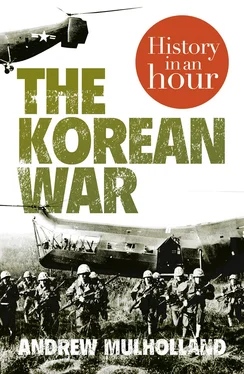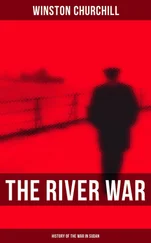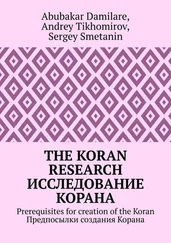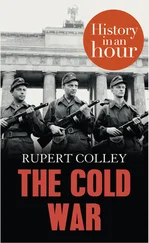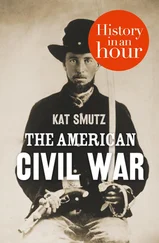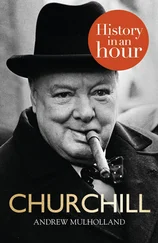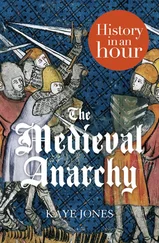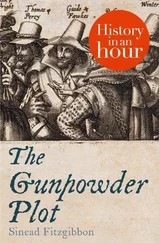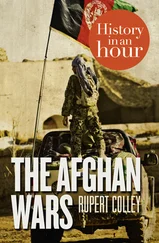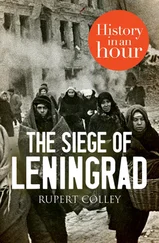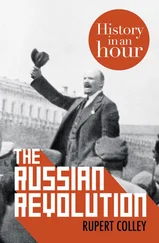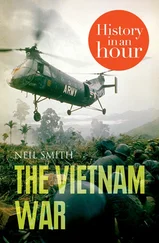Despite the obvious weakness of the American position, the Russians accepted the 38th Parallel proposal at the Potsdam conference. Their chief focus was on Europe and they may have imagined that in due course, the whole of Korea would fall to them.
Therefore, as two Koreas began to emerge from the dust of the Second World War, they did so against the backdrop of the nascent Cold War. With considerable justification, Churchill described an ‘Iron Curtain’ falling across Europe. In Eastern Europe, democratic sensibilities were ignored and brutal Communist regimes imposed at the behest of Moscow. In 1948 the Russians had come close to provoking a Third World War by blockading West Berlin. The Chinese Civil War had reached its climax in 1949, with the establishment of Mao Zedong’s government in Beijing and the rump of Chiang Kai-shek’s Nationalists confined to the island of Taiwan (Formosa).
In American public life and within President Harry S. Truman’s Administration, there was a tendency to view such developments as a monolithic and malevolent conspiracy, driven by Moscow. There was a widely held view, for example, that the West had ‘lost China’ through a lack of political and military resolve. This may seem an over-simplification to the modern reader. Yet given the appeasement which had allowed fascism to gain such a grip on Europe, it was understandable. Communism did seem to be on the march, and it was trampling human rights and democracy underfoot. Sentiments in Western Europe, even among governments with socialist agendas, were not so different from the US point of view.
For all of these tensions, the Russians stuck to their side of the deal when occupying northern Korea in 1945. Although weeks ahead of the Americans, their forces remained north of the 38th. There was a notional commitment from both parties to seek a solution for the entire peninsula, thereby creating a united Korea. However, in both the Russian and American zones, it was not long before each party was pursuing policies designed to preclude the opposing ideology from taking hold.
In the North between 1945 and 1950, the Russians built a totalitarian Communist regime under Kim Il Sung, formally declaring the Democratic People’s Republic of Korea in 1948. The measures introduced included land reform and a semblance of worker control; corruption was largely eliminated. These were popular policies. It would, therefore, be wrong to suggest that the new regime was devoid of support. Kim had fought the Japanese in Manchuria during the 1930s and then spent five years studying in the Soviet Union, before returning to his country of origin in 1945. Although he was never simply a Soviet puppet, by 1945 Kim was much closer to Stalin’s regime than he was Mao’s. Kim was still only 38 when the Korean War broke out.
In the South, US General John Hodge headed a somewhat inept military administration which relied on former Japanese collaborators – notably their brutal police force – and repressed any left-leaning political activists. At the same time, Syngman Rhee became the Americans’ favoured contender for political leadership. Rhee had spent much of his life in exile in the United States. He was a highly educated Christian, with decades of experience in Korea’s volatile political history. This included imprisonment by the Japanese and advising at the Treaty of Portsmouth negotiations in 1905. By 1945 he was already 70 years old. Virulently anti-Communist, Rhee was elected the first President of South Korea in July 1948.
While Rhee and Kim manoeuvred themselves into power between 1945 and 1948, there were parallel efforts by the USA, Russia and the United Nations to reach some kind of agreement which would unify the country. The Moscow Conference of Foreign Ministers in December 1945 had agreed to establish a joint US-USSR Commission for the government of Korea. Largely ineffectual, the Commission at least served to prevent open conflict between the Americans and Russians in Korea. In the South, Rhee’s ‘Democratic Council’ opposed the Commission’s timetable for independence and provoked riots and strikes. Eventually the Americans took the Korean problem back to the UN General Assembly, which called for elections across Korea. The Russians rejected this proposal and the two elections which brought Rhee to power in the summer of 1948 were confined to the US zone. In May, Rhee’s party secured control of the National Assembly. In July, he won a personal mandate when elected directly to the South Korean presidency. These were followed by one party ‘elections’ in the North later that year.
By 1949, both the USA and Russia had withdrawn their military forces from the peninsula. Korea was split into two hostile mini-states, each beholden to its super-power. The rhetoric between them was heated, with claim and counterclaim. Rhee and Kim were Nationalists – both sought dominance over the whole of Korea. Neither recognized the legitimacy of the other. Border incidents and guerilla attacks in the South became commonplace. The scene was set for war.
The North Invades Contents Title Page THE KOREAN WAR History in an Hour Andrew Mulholland Introduction Background The North Invades The United Nations Clings On UN Counter-Offensive China Intervenes Entrenched: Peace Talks and Military Stalemate Other Developments in the Korean War Casualties of War Korea Since 1953 Reasons to Remember Appendix 1: Key Players Appendix 2: Timeline of the Korean War Appendix 3: The 1950 UN Coalition Appendix 4: Military Organization Got Another Hour? Copyright Конец ознакомительного фрагмента. Текст предоставлен ООО «ЛитРес». Прочитайте эту книгу целиком, купив полную легальную версию на ЛитРес. Безопасно оплатить книгу можно банковской картой Visa, MasterCard, Maestro, со счета мобильного телефона, с платежного терминала, в салоне МТС или Связной, через PayPal, WebMoney, Яндекс.Деньги, QIWI Кошелек, бонусными картами или другим удобным Вам способом. About the Publisher
June 1950: The Surprise Attack
The Korean War began just before dawn, on Sunday, 25 June 1950. Taken completely by surprise, and outclassed in every respect, South Korean forces were pushed rapidly back. Within days, however, the United Nations had intervened on behalf of the South. The first UN ground troops, an American unit, would meet the North Koreans on 5 July.
The war began early that Sunday when, four or five miles north of the 38th Parallel, Russian-built Katyusha rocket batteries lit up the sky with a blistering barrage. T34 tanks rolled forwards, accompanied by swarms of North Korean infantry.
It was immediately clear that this was a well-planned, full-scale invasion. The South Koreans had no tanks or heavy artillery, and but a handful of obsolescent aircraft. Their infantry formations were under strength, with divisional organization only notional. Arrayed against them were ten fully equipped North Korean divisions trained in the Soviet tactical doctrine. Thousands of the North Korean troops were combat veterans, recently returned from fighting under Mao’s command during the Chinese Civil War.
They were supported by independent tank battalions and a small but capable tactical air force. In these early clashes, there really was no contest. In most cases the South Korean units disintegrated, clogging roads that were already swarming with refugees. A series of North Korean columns raced towards Seoul, down the centre of the country and along the eastern coast as well.
To General Douglas MacArthur, woken with the news only hours after the first North Korean assault, this seemed an obvious Russian move designed to test Western resolve. MacArthur headed the American Far Eastern Command, with his headquarters in Tokyo. Until now, his preoccupation since the end of the Second World War had been the rebuilding of Japan, of which he was in effect emperor. The North Korean attack would quickly change those priorities. When President Truman was told the news on what was still Saturday evening back in the USA, his instincts told him the same thing: this was a Russian gambit.
Читать дальше
